Last weekend, the Eastern Museum of Motor Racing in Pennsylvania (between Harrisburg and Gettysburg) held its annual Latimore Valley Fair as a fundraiser. A fair highlight is having enthusiasts bring their restored or rebuilt antique or recreated race cars out to drive around the old fairgrounds track, which operated before World War II and was restored about 40 years ago. These photos show some of the cars that ran this year, stocks, sprints, roadsters and others, all depicting the history of auto racing in the United States. Many more photos are available through the museum’s Facebook page.
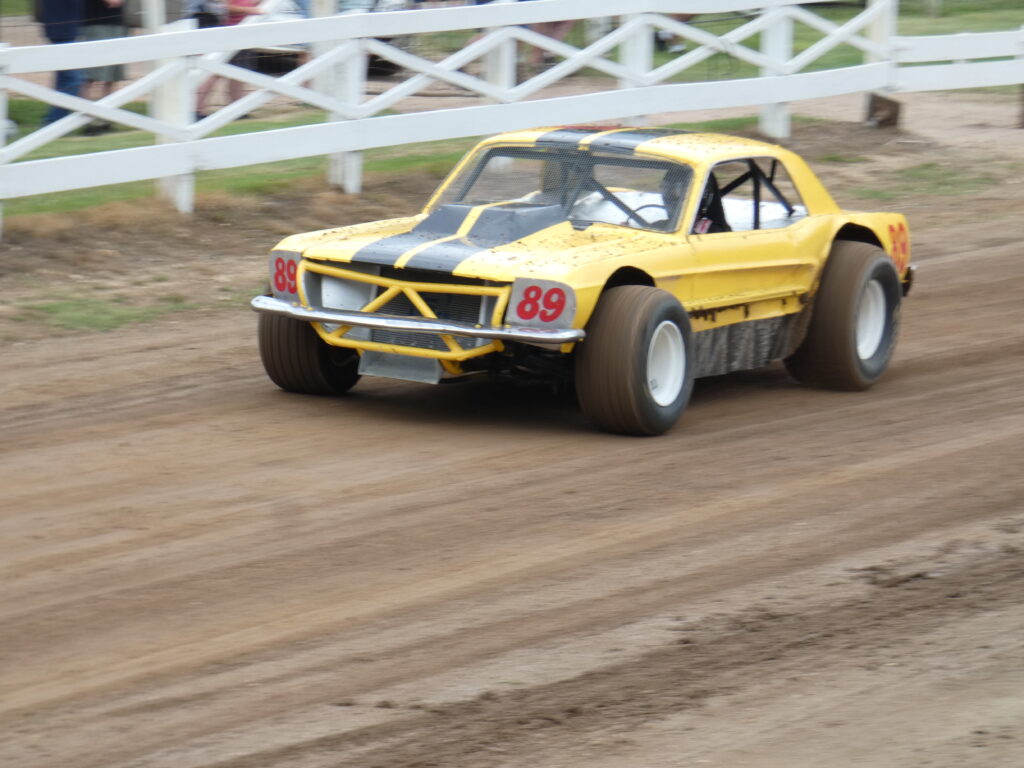
This Mustang ran as a limited late model at Pennsylvania's former Silver Spring Speedway.
This #77 coupe represents racing in the 1950s and early '60s, when the racers still looked pretty much like their street counterparts.
Once racers got the go-ahead to remove a little bodywork here and there and streamline, race cars - generally called modifieds - started to look like this.
This actually is a recreation designed to race as a "vintage" car, but the work on it is first-rate, regardless of its lineage or purpose.
Here's realism: Go back far enough into grassroots racing, and the paint job wasn't that important, as long as you were fast.
With the right attitude and the right set of rules, you can make anything into a race car.
This 1980s/'90s vintage modified is a tribute car to the late Frankie Schnieder, one of the best ever.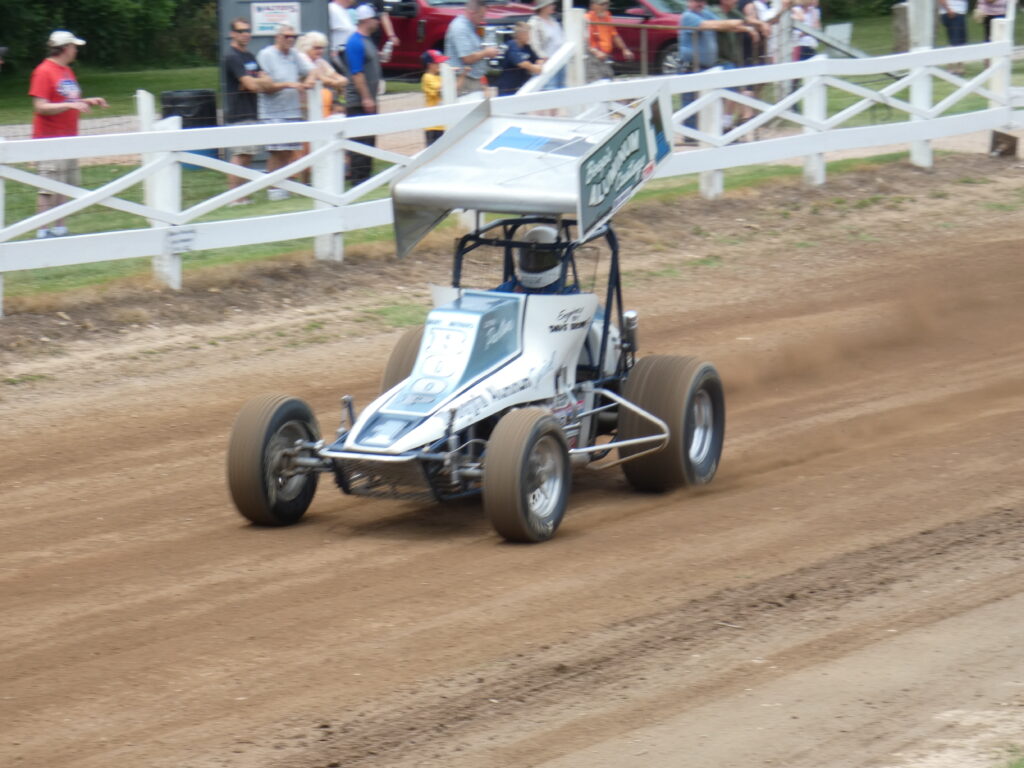
The Boops Aluminum #1, driven to many victories by Lynn Paxton and Smokey Snelbaker, is a great example of a sprint car from the 1980s.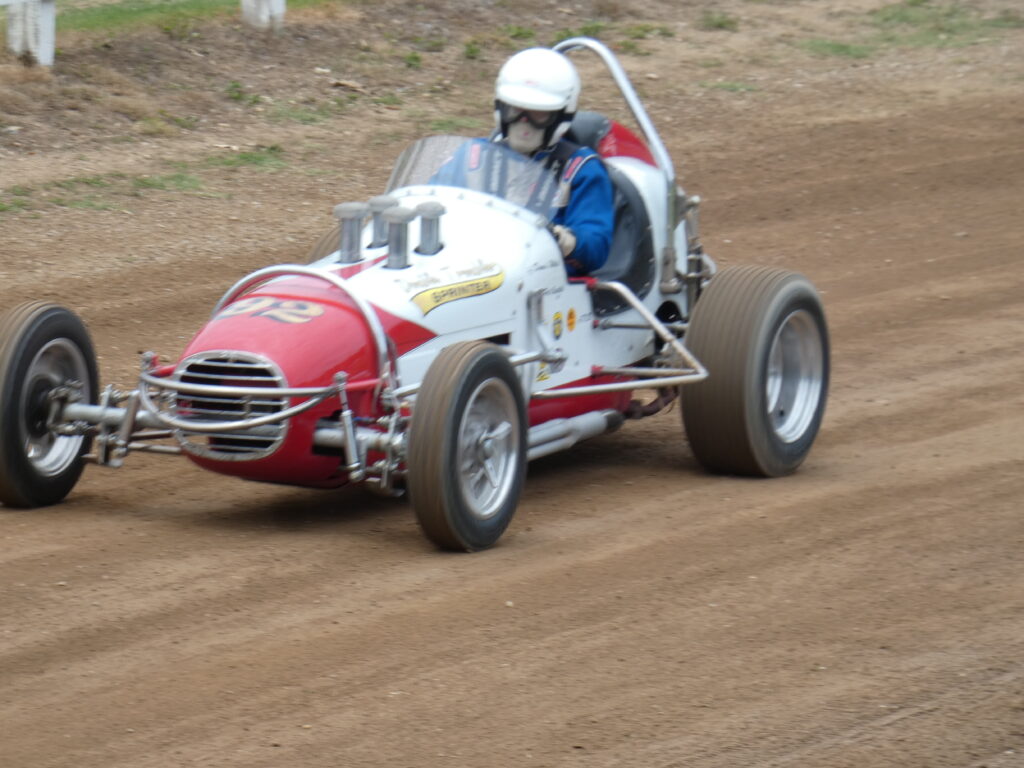
This car is a great example of sprint cars in the 1960s.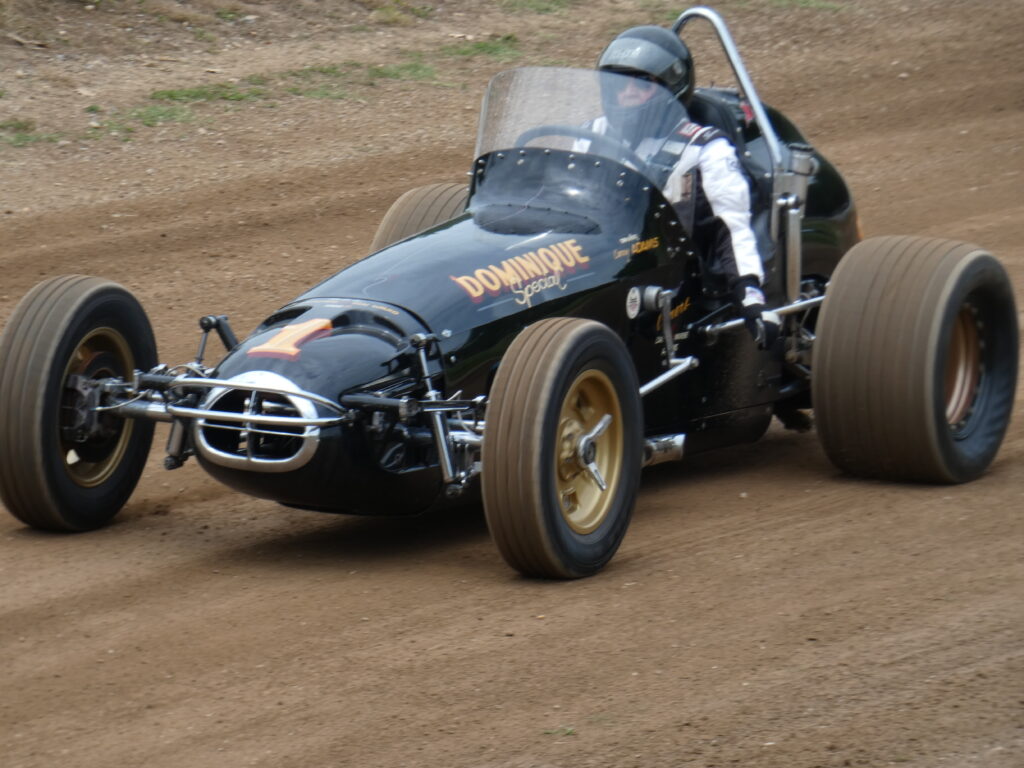
When this car began campaigning in 1968, the Indy Car circuit also included dirt tracks, and this is what an Indy driver would have run on dirt.
This - according to the information provided for the car - is a 1927 Dusenberg. It seems to be street legal, too.
Here's a midget racer of more recent vintage, about 20-25 years ago.
Here's a group of roadsters - stripped-down and hopped-up cars that were a staple of weekly short-track racing in the 1940s and '50s.
Another shot of the roadsters. These are most recreations, but they pay homage to a once-popular form of racing.
Long a popular choice for building a race car, the 1969 Chevelle won many races. Here's a nice restoration.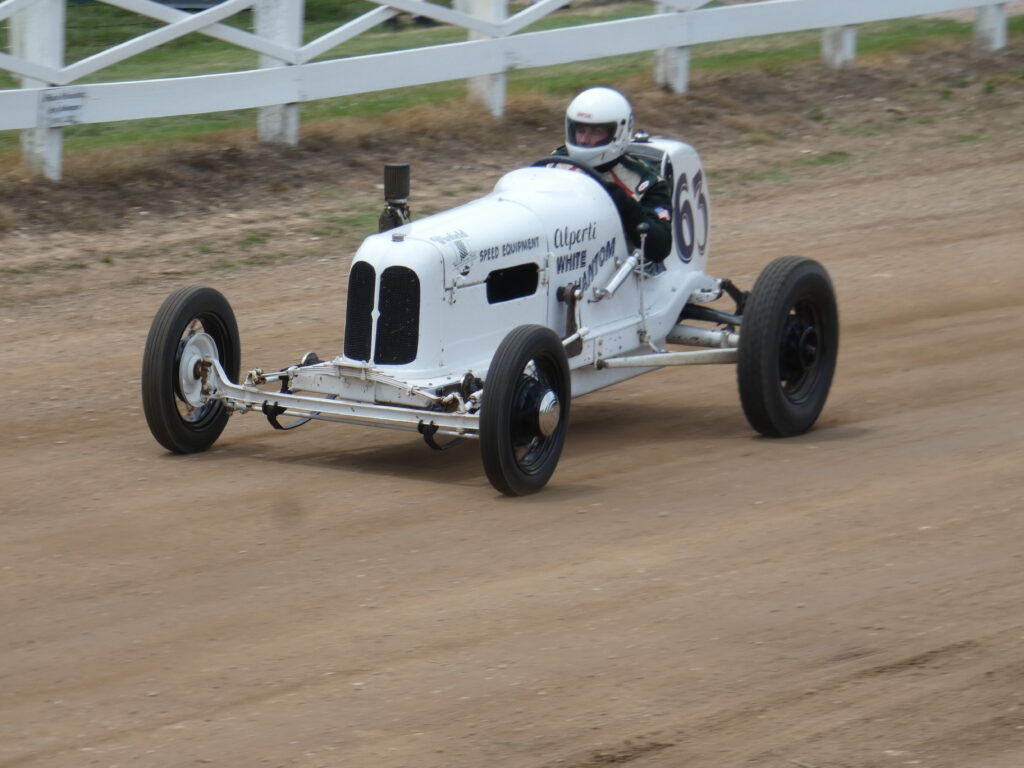
Back before World War II, so-called "big cars" (as opposed to midgets) raced everywhere from Indianapolis to rural fairgrounds, and they looked like this, although usually nowhere near as nice.
Even during an exhibition, with cars only running around 40 miles per hour, it can get dusty on a dirt track on a hot day. This car once was run by Brad Doty, who attended the Eastern Museum of Motor Racing's Latimore Valley Fair June 26 to talk with fans. (He was not driving.)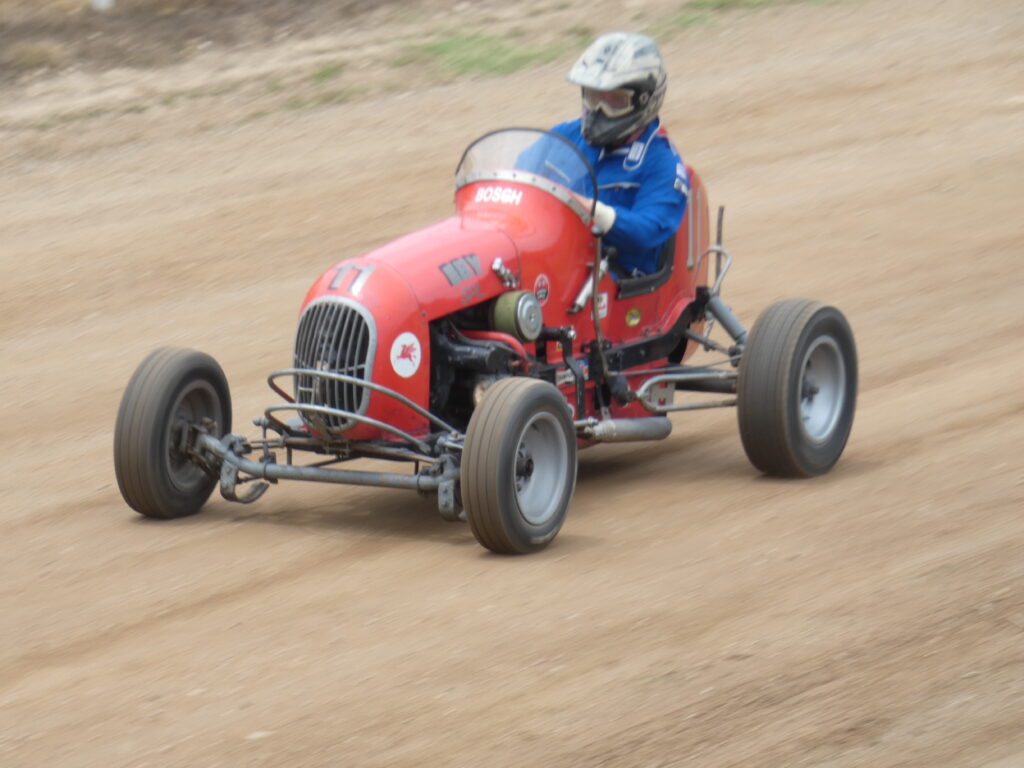
“doodlebugs” (as some called them) was nearing its end

“brickmobiles” were instantly recognizable. Dyer recently was inducted
into the National Sprint Car Hall of Fame.

vintage big car passes under the checkers at the Latimore Valley
Fairgrounds track that would have run these cars in those days, 80-90
years ago.

Photo Credit; Frank Buhrman



Thanks Frank! These are too cool and bring back lots of memories of good times.
Glad you enjoyed them.
Frank, I absolutely love your presentation. Thank you so much! What stories those cars could tell and how I would love to listen.
Thanks, Vivian. You’re right – there are incredible stories behind most of these cars, I’m sure.